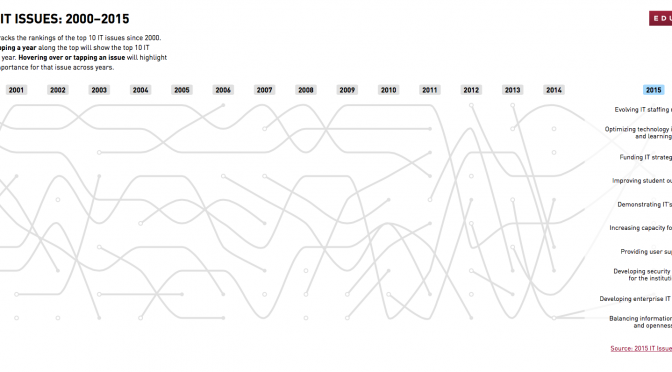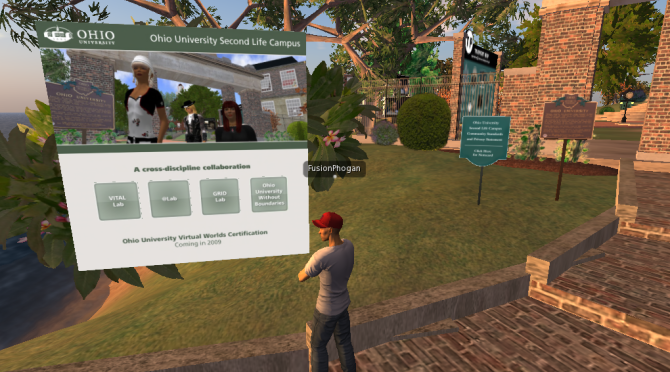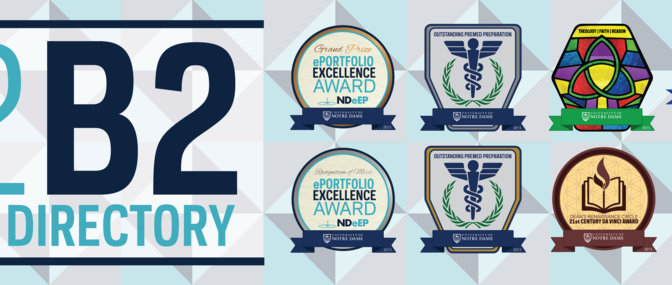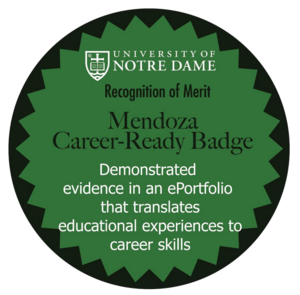The latest issue of the EDUCAUSE Review features several articles about the concept of “change” in higher education; this introduction, written by EDUCAUSE’s new president and CEO, neatly summarizes the perspectives found in longer pieces throughout the issue.
Some of the conversations in this issue capture the frustration, the sense of urgency, and the strong feelings involved when we talk about change. Whether expressing exasperation or evangelical zeal related to the way higher education has coped with or should respond to change, the voices accurately reflect our current realities. Strong feelings abound.
And so do persistent questions. When does change find traction? When does it fizzle out? What models will prevail, and which will lose their relevance?
John O’Brien. “Conversations About Change.” EDUCAUSE Review, August 17, 2015.





